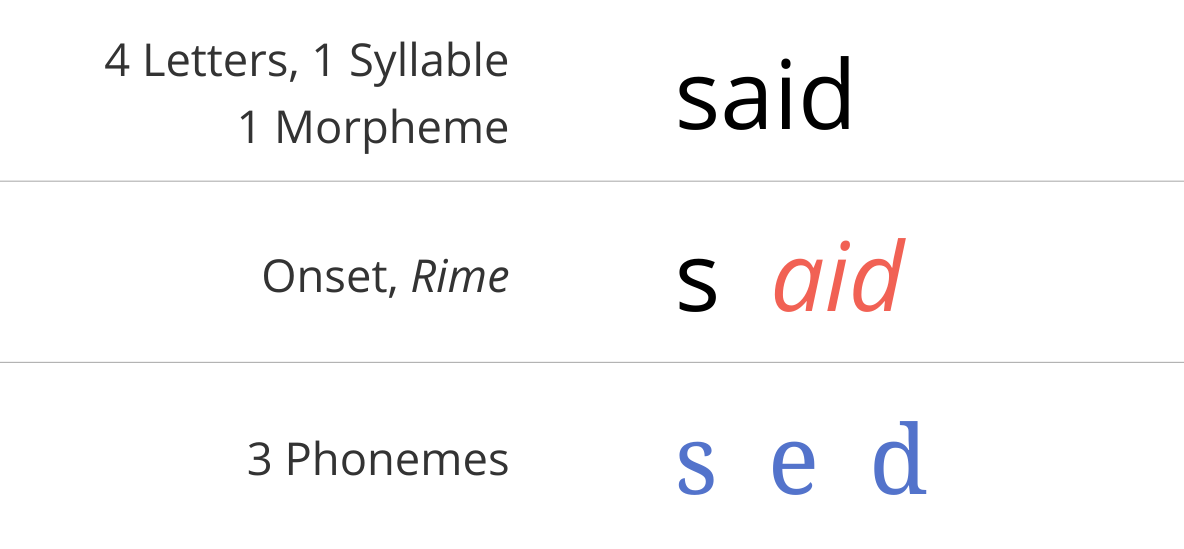News editors and book publishers are susceptible to Robbins’s argument because many of them live in such places, where family incomes are in the top 5 percent nationally and talk about school stress in rampant. It would be almost a relief to many educators if these families, and their highly motivated students, were typical and overachievement were the greatest threat to high school education today. But the sad truth is quite the opposite.
And what of that overload of AP courses? Newsweek’s annual high school rankings indicate that only 5 percent of U.S. public high schools have students averaging more than one AP test a year. The demands made on our most disadvantaged students in the inner cities, who are almost never mentioned in Robbins’s book, are pitifully below even the low standards for our average suburban neighborhoods. Some educators think this lack of academic challenge is one reason why nearly half of college students eventually drop out.
If they are not doing much homework in high school, what are they up to? The University of Michigan Institute for Social Research collects time diaries from American teenagers. These documents make clear our youth are not taking long walks in the woods or reading Proust. Instead, 15- to 17-year-olds on average between 2002 and 2003 devoted about 3 1/2 hours a day to television and other “passive leisure” or playing on the computer. (Their average time spent in non-school reading was exactly seven minutes a day. Studying took 42 minutes a day.)
Rotherham has more.
